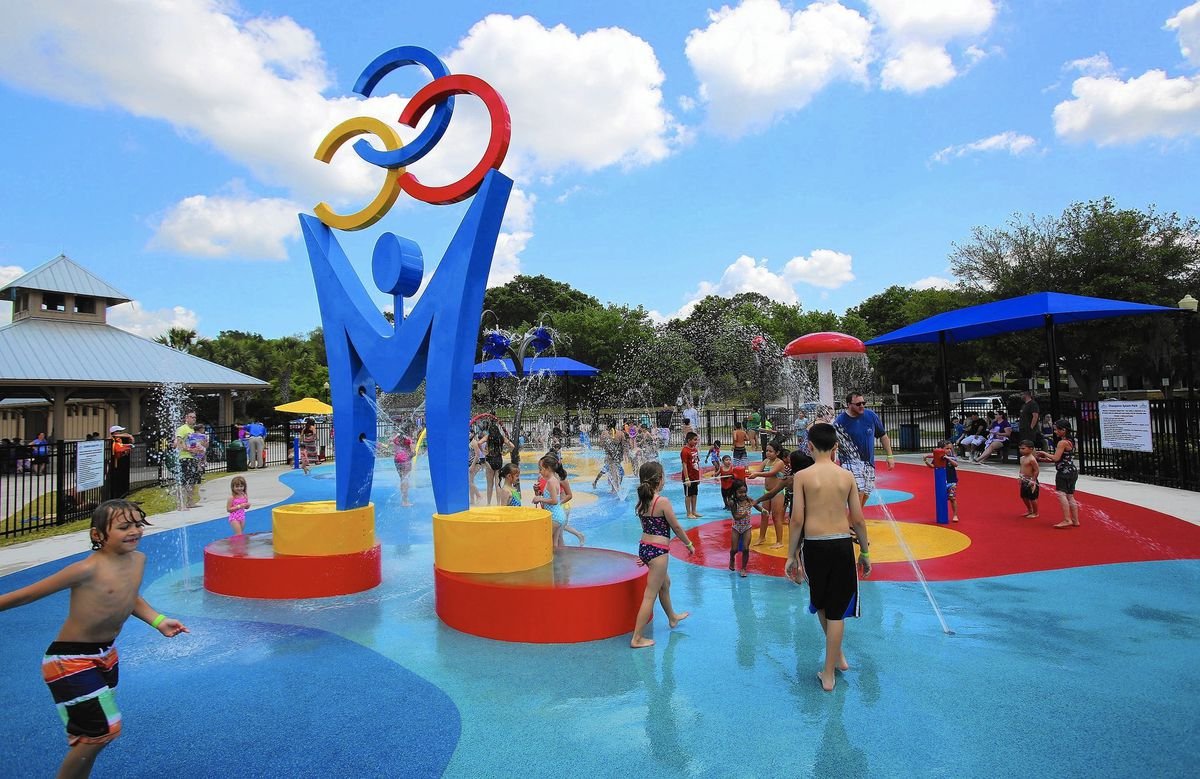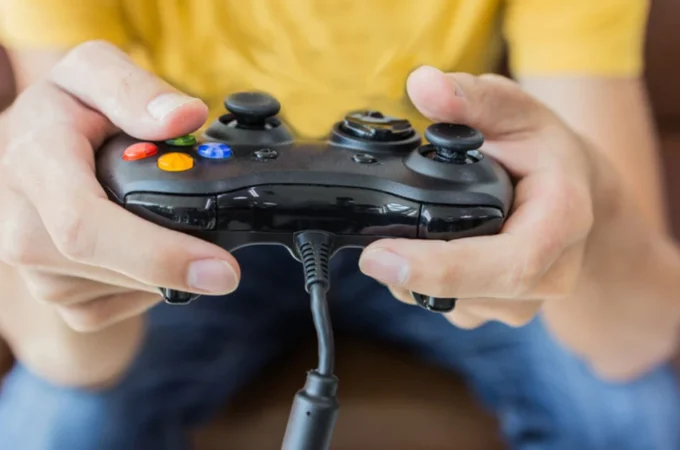
Benefits for Splash Pads for Children
The benefits of water play for children’s balance and strength may not be evident at first glance. When children play in the water, bare acts like clapping their hands or leaping are transformed into a whole new experience.
When playing about, children do not have to worry about tumbling or slamming onto harsh surfaces. Because of the additional resistance provided by the water, water sports may double as strength training.
The muscles required to propel one’s arms and legs through water are stronger than those required to do so in the air. Water play is an excellent way for children to learn about the world around them. Opportunities for social growth arise from fresh encounters and discoveries in shared settings.
It is natural for youngsters to want to share their findings with others around them when they are having fun. Children learn to share and work together while playing with water in a small area because of the restricted resources available.
Buy products from the best splash pad company to construct a fun place for your children to play and grow.
Usage of Splash Pads
Physical investigations and discoveries may go on indefinitely in water. Wood, soil, sand, and pebbles, among other dry items, may have previously been studied by kids.
These chemicals may be combined, sifted, or even put into a bowl of water. As children explore a body of water, they are also given a chance to consider concepts like water displacement and volume.
In the summer, water play can be entertaining and educational for children, allowing them to develop a wide range of essential abilities. However, it is crucial to keep in mind that children should never be left alone in or around water.
Children should not use toys that have not been CPSC-approved, and flotation devices should not be relied upon entirely to help a youngster who cannot swim independently. Swimming is a great way to build strength and coordination.

In an emergency, be sure that all caregivers are trained in CPR. A pool cover should never be allowed to be walked or crawled on; therefore, remove it entirely before swimming.
Make sure everyone knows the regulations of the pool. Kids should not play rough around the water or push one other. It would help if the parent made it evident that certain activities, such as biking, should not be done near the sea.
Parents must ensure that they are never more than a few feet away from their children. When out on the water, remember to wear the life jacket at all times. It is a peaceful, calming hobby that youngsters can do all morning.
Final Thoughts
Indoor water activities, such as scooping, filtering, and pouring, have the potential to captivate children for long periods due to their repetitive nature.
As they pour water from one container to another, little children improve their hand-eye coordination and fine motor abilities, and they exercise their imaginations by trying out new ways to enjoy the water.
As kids see some things float and others sink, they learn some of the foundations of physics. They have a better understanding of the carrying capacity of various containers.




